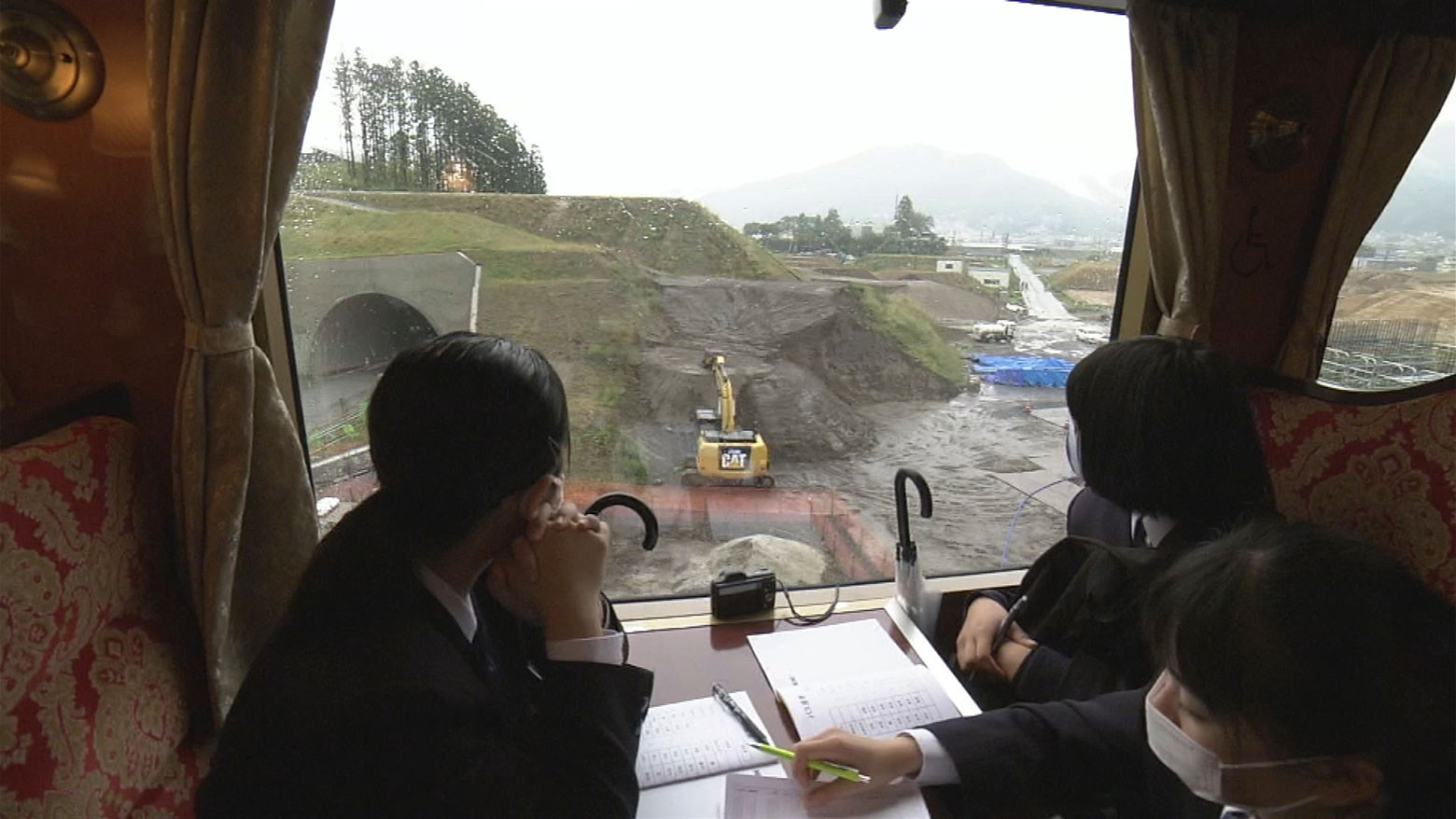Change of plans
Students of Murone Middle School from an inland region of Iwate Prefecture rarely have the opportunity to see the Pacific Ocean. But when their school trip to Tokyo was cancelled this year, they got a chance to take a special study tour organized by a local railway company instead. The Sanriku Railway travels through the tsunami-hit areas along the coast of the prefecture.
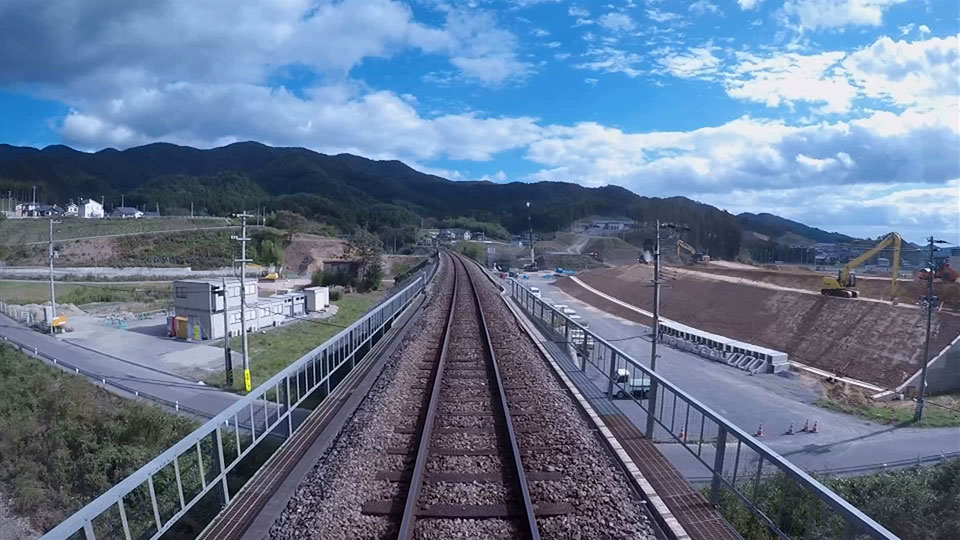
Suzuki Shiho is the teacher who organized the trip. For years, she was only able to teach students about the disaster from the classroom because the school's tight schedule prevented her from taking them to the coastal areas. But the coronavirus pandemic provided her with an unexpected opening.
“This trip is replacing the one to Tokyo, so it would have been logical to choose another fun place,” says Suzuki. “But I thought it was more important to give them a chance to see the coast and learn about the devastation."
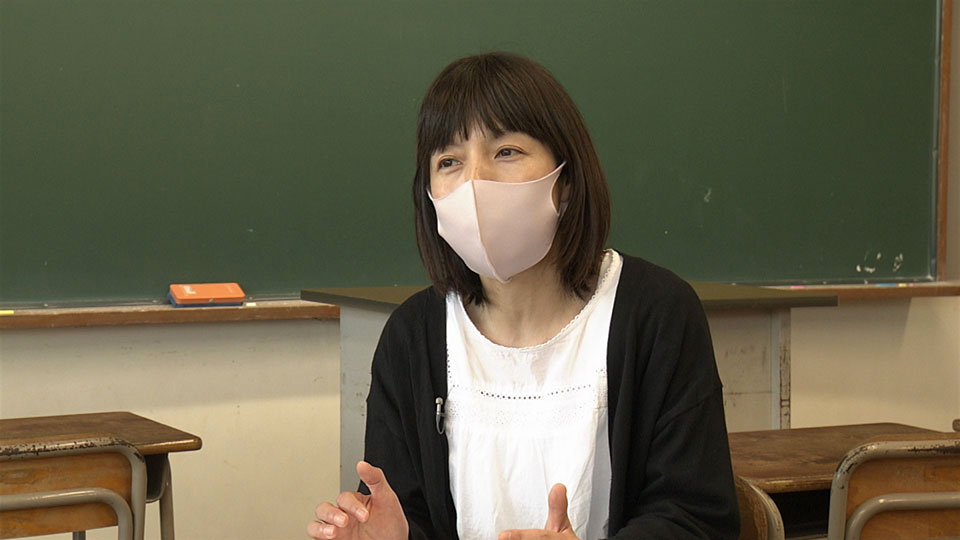
Learning about reconstruction
The Sanriku Railway has run study tours since 2012. The company’s tracks and stations were severely damaged by the tsunami, but it resumed some services just five days later, becoming something of a beacon of hope for the people of the area.
Yamakage Yasuaki is the tour guide for the Murone Middle School trip. He points out developments for the students to note along the way.
“Construction work to raise the road is underway,” he says. “I think it will take another two years.”
The tour helps the students understand the reality of life in the coastal areas, where restoration efforts are still ongoing nearly a decade after the disaster.
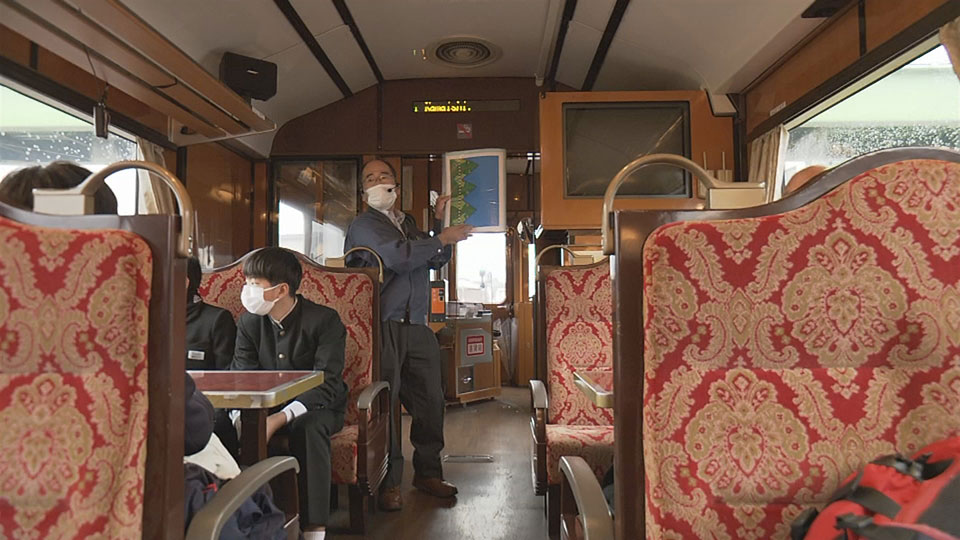
Memories of the day
The next stop is the Iwate Tsunami Memorial Museum, which opened in September last year.
Suzuki isn’t the only teacher who thinks it’s important to teach students about the disaster. More than 60 schools visited the museum this October, nearly six times more than last year.
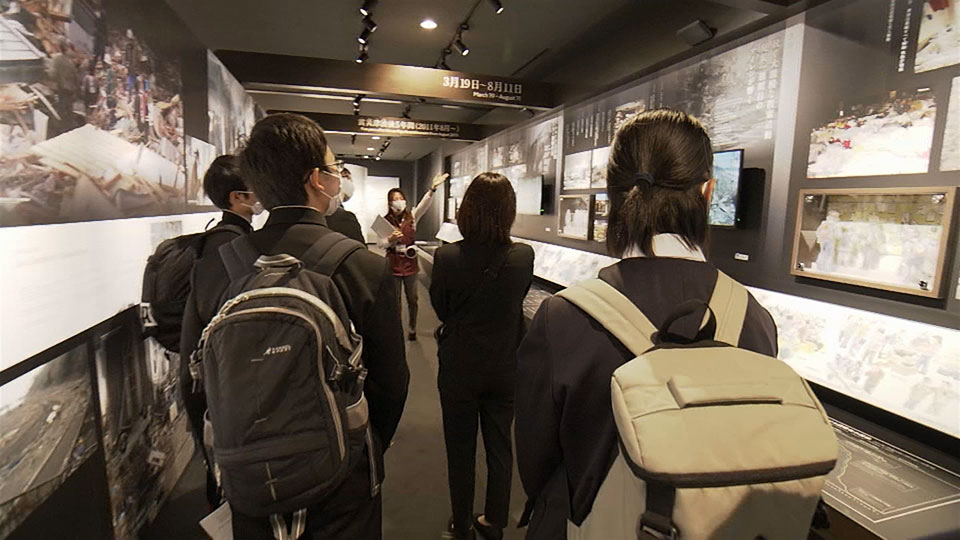
“It's been almost 10 years since the disaster and some children don't even know about it,” says Kumagai Masanori, the museum’s deputy director. “They need to understand the importance of life and learn about disaster prevention from an early age. We have a responsibility to teach them.”
Suzuki shows the students footage from the tsunami. She obtained permission from parents and guardians beforehand, as the images are disturbing.
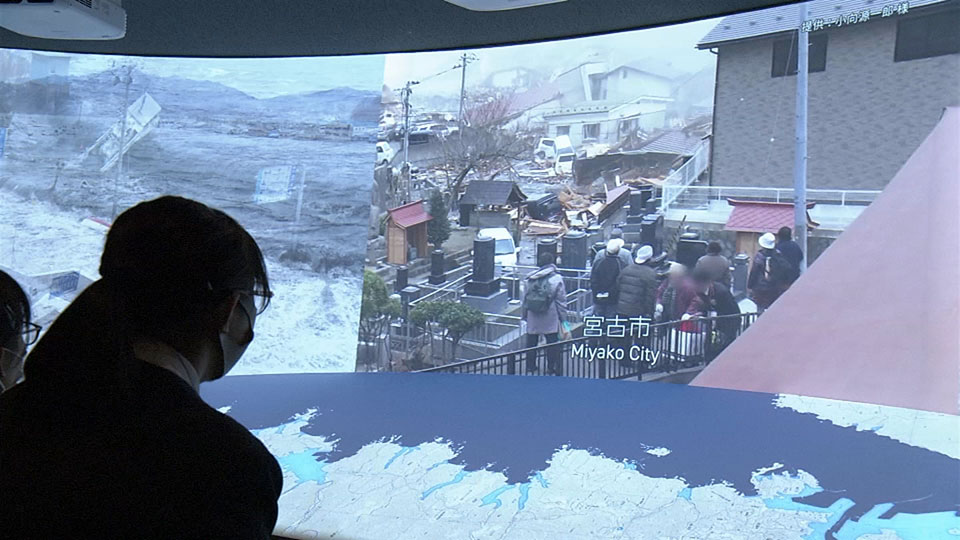
“In nature, anything can happen, and I think that's scary,” says 14-year-old Endo Ryota. He says he still vividly remembers how the familiar streets in the coastal town where his grandfather lived were completely changed by the tsunami.
15-year-old Oyama Kira lived inland in 2011 and didn’t experience the actual tsunami. But she recalls the massive earthquake and the power outages that followed.
“I think this experience will help me if there’s another disaster,” Oyama says. “And I was able to learn about what happened because of the coronavirus pandemic. It was a good opportunity to learn.”
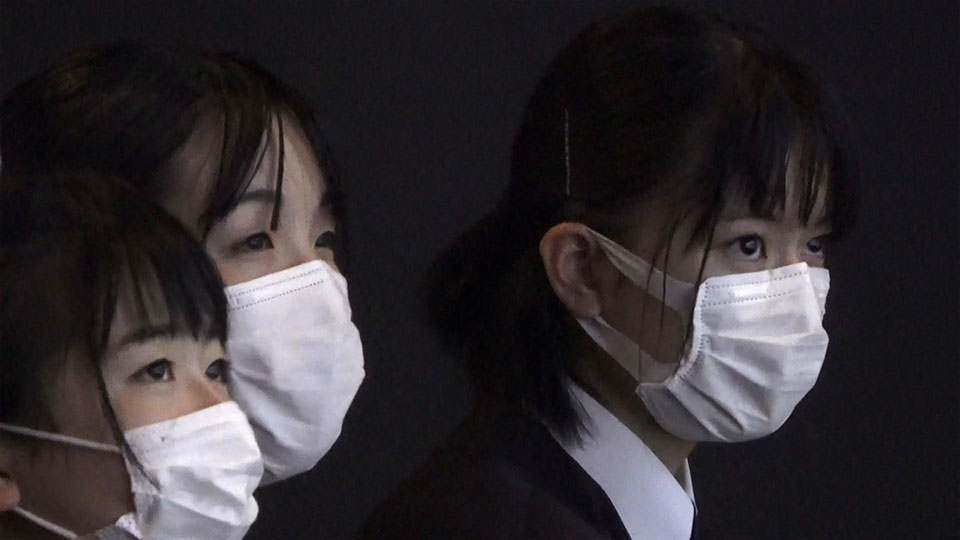
Learning close to home
“Some students told me it was a meaningful trip,” says Suzuki. “We only see the part of the world in front of us as we go about our lives. So I think it was a good opportunity to learn about the coastal areas that are so close, and yet so far away.”
Tokyo may have been the city they were all eager to visit, but by staying close to home, Suzuki and her students had an experience they will not soon forget.
Watch Video: 03:55
